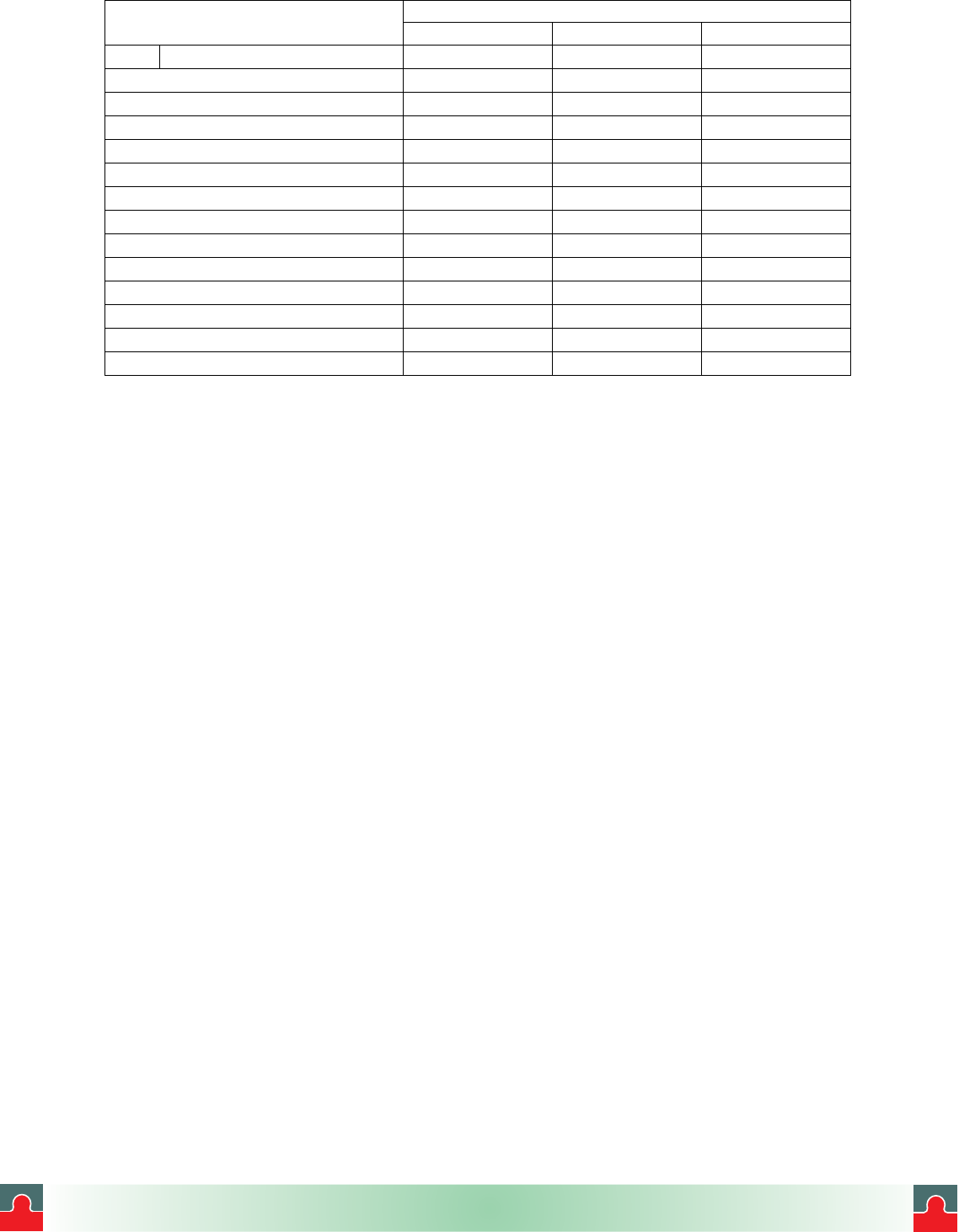
Material Emissivity
1.0µm 1.6µm 8-14µm
“Gob” n.r. 0.9 n.r.
Gravel n.r. 0.95 0.95
Gypsum n.r. 0.4-0.97 0.8-0.95
Ice n.r. — 0.98
Limestone n.r. 0.4-0.98
Paint (non-Al.) — 0.9-0.95 0.9-0.95
Paper (any color) n.r. 0.95 0.95
Plastic (opaque, over 20 mils) n.r. 0.95 0.95
Rubber n.r. 0.9 0.95
Sand n.r. 0.9 0.9
Snow n.r. — 0.9
Soil n.r. — 0.9-0.98
Water n.r. — 0.93
Wood, Natural n.r. 0.9-0.95
To optimize surface temperature measurement accuracy consider the following:
1. Determine the object emissivity for the spectral range of the instrument to be used for
the measurement.
2. Avoid reflections by shielding object from surrounding high temperature sources.
3. For higher temperature objects use shorter wavelength instruments, whenever possible.
4. For semi-transparent materials such as plastic film and glass, assure that the background
is uniform and lower in temperature than the object.
5. Hold instrument perpendicular to surface whenever emissivity is less than 0.9. In all
cases, do not exceed angles more than 30 degrees from incidence.
July 1, 2003 - 70 - Version 1.0
i
i
Tel: (01943) 602001- WWW.ISSLTD.CO.UK - Fax: (01943) 816796


















